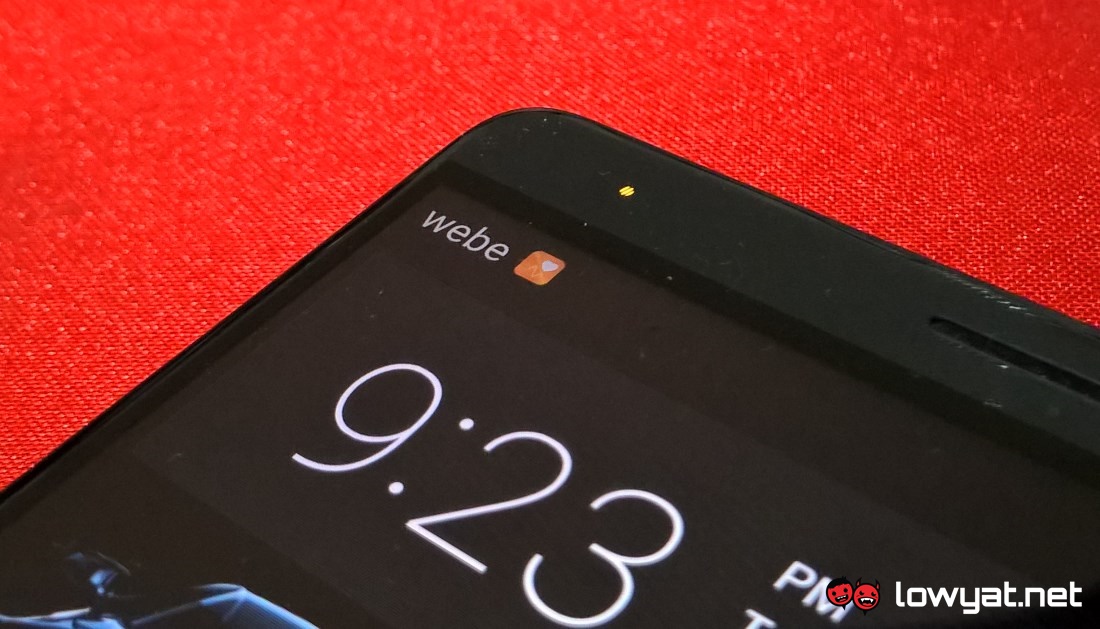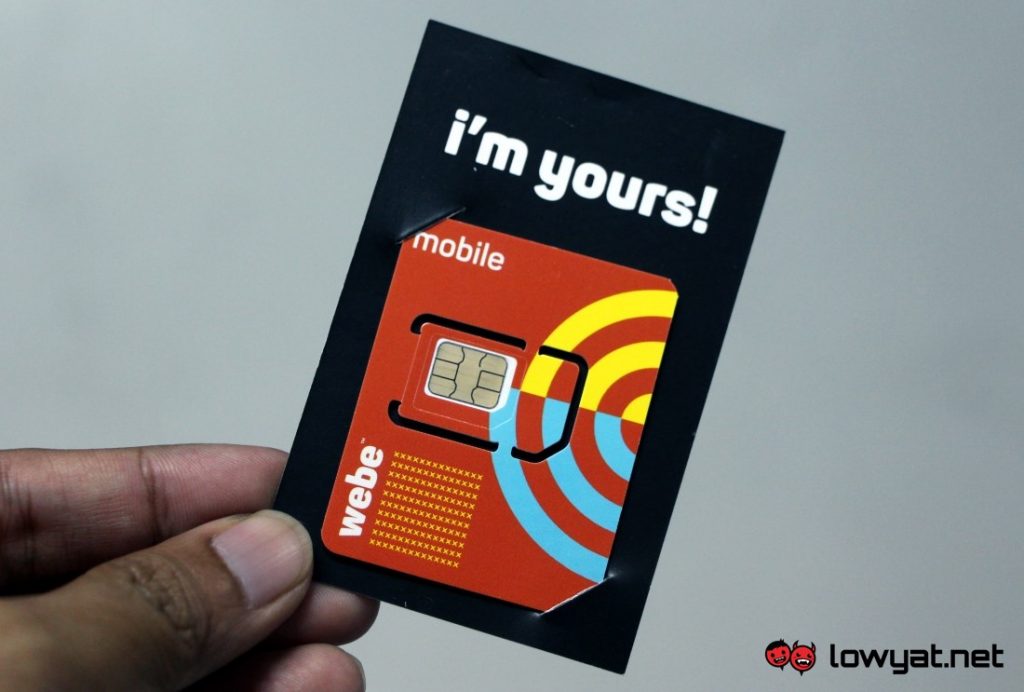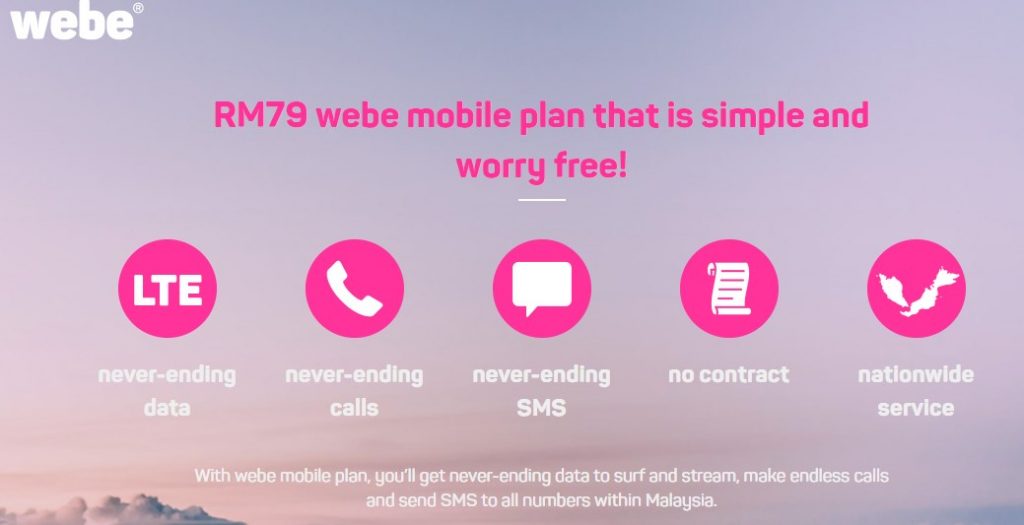Come 30 September 2016, TM will finally unleash its new telco service, Webe out to the general public after being made available to selected customers since end of June. We managed to get our hands on the telco’s SIM card recently which means that it is now time to perform the obligatory speed test.
For those who followed our Facebook, Instagram, and Twitter, you would already encounter the result shown below which was our first quick speed test on Webe. Performed at the Webe Lounge in Sunway Pyramid on Friday, 23 September 2016 using a Huawei Mate 8 (one of Webe’s certified smartphones) and Ookla’s Speedtest app, this particular result was very impressive, to say the least, since early leaks showed that Webe’s average LTE speed is under 10Mbps.
Then again, one result does not determine the overall performance of the network. So, we did similar quick tests in several locations within central Klang Valley on the same day we performed the speed test above. Here are the results:










For consistency, the test server on all these tests was set to the Celcom Axiata server in Petaling Jaya as Webe does not have its own test server on Ookla’s app.
Based on the results above, we can see that the data speed on Webe’s LTE network is hardly consistent. In certain locations including the telco’s own establishments, we were able to achieve more than 10Mbps in download speed, but not so in other places. For example, the difference between the speed at the respective headquarters of Webe and TM is so jarring that it is so ironic given the fact that TM is the parent company of Webe.
Speaking about Menara TM, we also noticed something interesting about it: the name MTX Utara is listed as the ISP in our tests at Menara TM as opposed to P1 in other locations. The only other time that this happened during our test was at Food Republic in Pavilion KL which listed Celcom as the ISP – but that is because we were not able to connect to LTE and were connected to the H+ network – likely made possible by the partnership between TM and Celcom.
All in all, the speed tests confirm what some would already know: Webe’s LTE network based on the 850MHz frequency is slower than those on the 1800MHz and 2600MHz bands used by other telcos, but its has greater reach and penetration power, theoretically allowing it to have greater coverage with less cell towers.
Then again, let’s not forget that Webe has never promised blazing fast network speeds but instead, the telco’s main strength lies on its unlimited data, calls, and SMS plan that can be obtained for as low as RM 84 per month.
Hence, it boils down to a choice between fast network speeds offered by other telcos with data caps, or the unlimited but slower network by Webe. If you are able to live with data speeds that are barely considered fast in the current age of high-speed LTE/LTE-A era and prefer to have all the data you can consume on your smartphone (remember, tethering is charged differently), Webe just might be your answer.
Follow us on Instagram, Facebook, Twitter or Telegram for more updates and breaking news.





